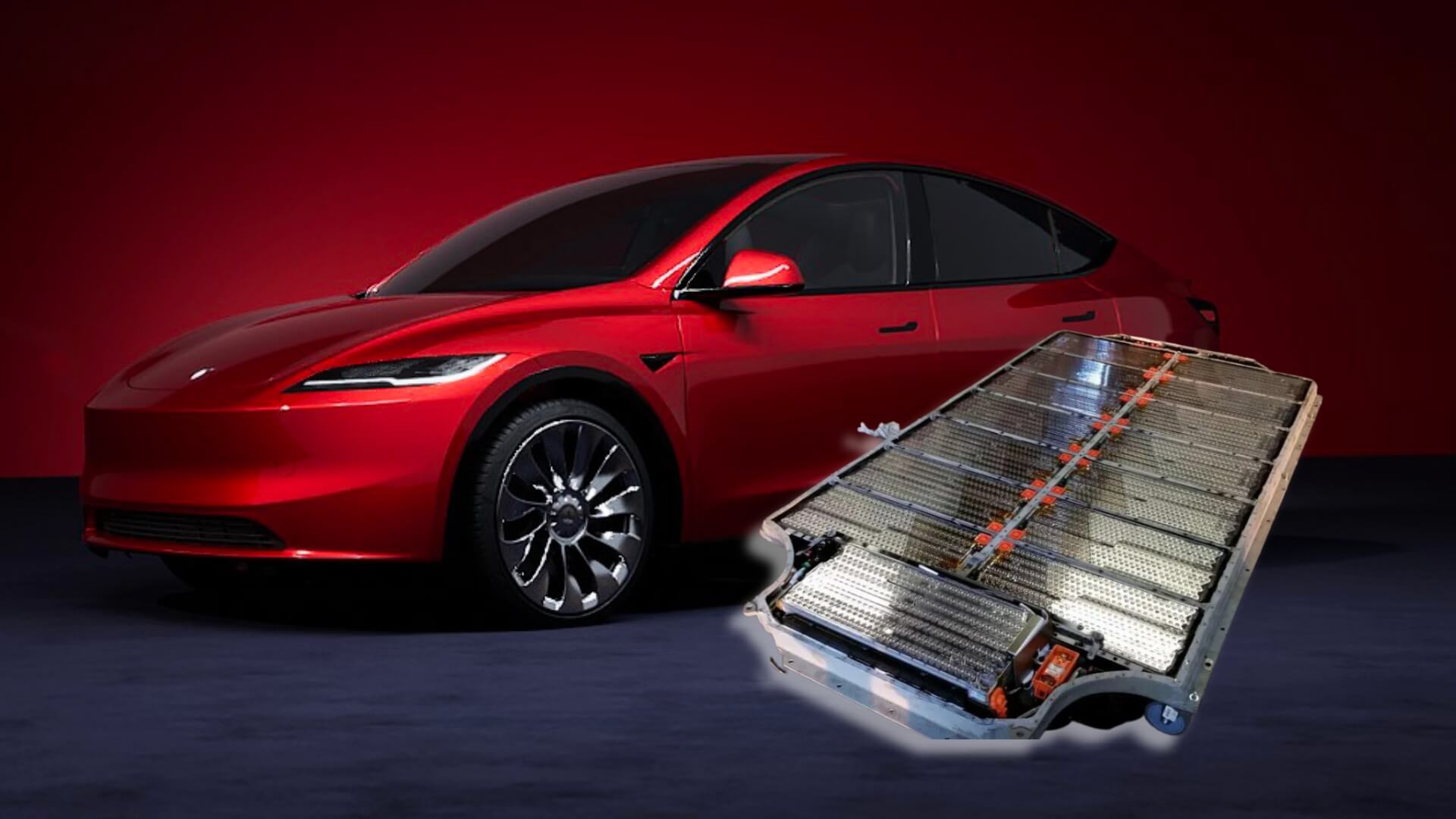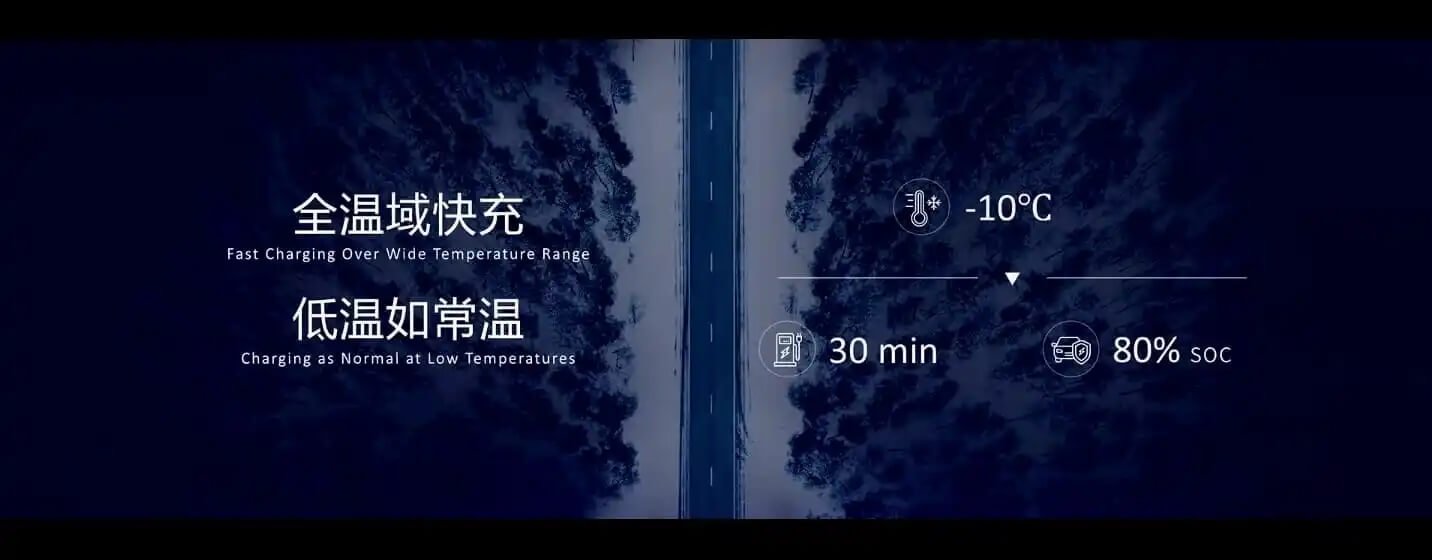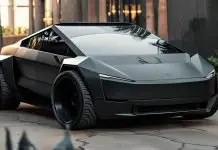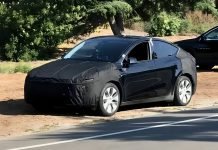CATL, a name that has become synonymous with cutting-edge battery technology, continues to solidify its position as the world’s largest lithium-ion battery manufacturer. With a focus on innovation and sustainability, CATL has been a crucial player in the electric vehicle ecosystem, supplying batteries to some of the biggest names in the automotive industry, including Tesla.
Recently, CATL made headlines by unveiling its latest marvel – a new lithium-ion phosphate battery that promises to redefine the benchmarks for EV performance. This groundbreaking technology claims to add approximately 400 kilometers (around 249 miles) of range in just a 10-minute charge and enables electric vehicles to travel over 700 kilometers (around 435 miles) on a single charge. These numbers are not just incremental improvements; they represent a quantum leap in battery technology.
The implications of this new technology are far-reaching, especially for Tesla, which currently sources lithium-ion phosphate batteries from CATL. With the potential for faster charging times, increased range, and improved cold-weather performance, this new battery technology could be a game-changer, not just for Tesla but for the broader electric vehicle industry as well.

Table of Contents
Key Features of the New CATL Battery
The 4C charging rate is not just a minor improvement, it’s a monumental leap that could redefine public perception of electric vehicle usability. With such fast charging capabilities, electric vehicles equipped with CATL’s new battery could see a significant advantage over internal combustion engine vehicles, especially for long-distance travel.
Understanding the 4C Charging Rate
One of the most eye-catching features of CATL’s new lithium-ion phosphate battery is its 4C charging rate. For those unfamiliar with battery terminology, the “C rate” is a measure used to describe the charging or discharging speed of a battery in relation to its capacity. A 4C rate implies that the battery can be fully charged or discharged in just 15 minutes. This is a significant advancement, especially when you consider that most current EV batteries have C rates that allow for full charging in hours, not minutes.
Current Tesla’s Charging Speed
To put this into perspective, let’s compare it with Tesla’s existing charging capabilities. Tesla’s Superchargers, which are among the fastest public chargers available, offer rates up to 250 kW for some models. Even Tesla’s V3 Superchargers, designed for rapid charging, do not come close to the 400 kW that a 4C rate would imply for a 100-kWh battery pack.
For example, the Old Tesla Model 3 Long Range, which has a battery pack of approximately 82 kWh, can charge at a maximum rate of around 250 kW at a V3 Supercharger. This is impressive but still falls short of the 328 kW that a 4C rate would imply for this particular battery size.
The implications are clear: If Tesla were to adopt CATL’s new battery technology, it could potentially cut down charging times dramatically, making long road trips more convenient and further reducing “range anxiety” among potential EV buyers.
CATL Energy Density and Range
CATL’s new lithium-ion phosphate battery technology offers a trifecta of benefits: fast charging capabilities, increased energy density, and improved cold-weather performance. These features could have a transformative impact on Tesla’s electric vehicle lineup, making them more efficient, longer-lasting, and convenient for consumers
CATL Battery Range
Another groundbreaking feature of CATL’s new lithium-ion phosphate battery is its claimed range of over 700 kilometers (around 435 miles) on a single full charge. Traditionally, lithium-ion phosphate batteries have been less energy-dense compared to their nickel-based counterparts, making them less suitable for long-range electric vehicles. However, CATL’s new technology seems to have overcome this limitation, offering a range that rivals even the most energy-dense nickel-based batteries.
Potential Impact on Tesla Cars
To understand the potential impact on Tesla, let’s consider the Tesla Model 3, which currently uses a lithium-ion phosphate battery sourced from CATL for its Standard Range Plus variant. The vehicle has an EPA-rated range of 272 miles (around 438 kilometers). If Tesla were to implement CATL’s new battery technology, it could see a significant increase in range. A 21% increase, for instance, would push the Model 3’s range to approximately 329 miles, making it competitive with Tesla’s long-range models and further broadening its appeal to consumers concerned about range.
Cold Weather Performance
One of the significant drawbacks of traditional lithium-ion phosphate batteries is their performance in cold weather. Lower temperatures can affect both the charging speed and the acceleration of electric vehicles. CATL’s new battery technology promises to change this narrative. According to CATL, the new battery can charge from zero to 80% in just 30 minutes at temperatures as low as -10 degrees Celsius (14 degrees Fahrenheit).

Comparison with Current LFP Batteries
To put this into perspective, let’s compare it with the current generation of lithium-ion phosphate batteries used in Tesla’s Model 3. According to data from EV Database, the rear-wheel-drive Tesla Model 3 can charge from 10% to 80% in around 25 minutes under optimal conditions. However, this performance can degrade significantly in cold weather. CATL’s new technology, on the other hand, promises near-optimal charging times even in cold conditions, making it a game-changer for electric vehicle usability in colder climates.
New CATL Battery Chemistry
CATL innovations not only make the battery more efficient but also more versatile, capable of fast charging in a variety of environmental conditions. For Tesla, adopting this technology could mean vehicles that are not only faster to charge but also more reliable and efficient, regardless of the climate.
Cathode Material Improvements
One of the key components that contribute to a battery’s performance is the cathode material. CATL has made significant advancements in this area, although the company has not released extensive details. What we do know is that these improvements in cathode material are a cornerstone in achieving the new battery’s impressive performance metrics.
The cathode material plays a crucial role in determining a battery’s energy density, charging speed, and overall efficiency. By enhancing the cathode material, CATL has been able to push the boundaries of what lithium-ion phosphate batteries can achieve. This is likely a key factor in the battery’s ability to offer fast charging rates and extended ranges, making it a revolutionary product in the electric vehicle battery space.
Temperature Control Technology
Another technical innovation that sets CATL’s new battery apart is its advanced cell temperature control technology. This technology ensures that the battery cells heat up to their optimal operating temperature range rapidly, allowing for fast and efficient charging. Temperature control is particularly important for electric vehicle batteries, as their performance can be significantly affected by extreme temperatures.
CATL’s temperature control technology ensures that even in cold conditions, the battery can still be charged at an impressive speed. For example, the battery can charge from zero to 80% in just 30 minutes at temperatures as low as -10 degrees Celsius (14 degrees Fahrenheit). This is a significant improvement over existing lithium-ion phosphate batteries, which often suffer from reduced charging speeds in cold weather.
How Tesla Could Benefit from This New Technology
Tesla has always been at the forefront of adopting innovative technologies to improve its vehicles. The introduction of CATL’s new LFP battery could be another milestone in Tesla’s journey towards creating the ultimate electric vehicle. As a current customer of CATL, Tesla is well-positioned to integrate this new technology into its existing and future vehicle lineup.
Efficiency and Longevity
The new battery technology’s higher energy density could allow Tesla vehicles to travel greater distances on a single charge. This would make Tesla’s already efficient vehicles even more appealing to consumers who may still have reservations about electric vehicle range.
Lithium-ion phosphate batteries are known for their durability and long cycle life. With CATL’s advancements in cathode material, Tesla could offer batteries that not only last longer but also maintain their performance metrics for an extended period, reducing the total cost of ownership.
Faster Charging
Perhaps one of the most significant benefits would be the drastically reduced charging times. The 4C charging rate could make Tesla’s Supercharging network even more efficient, allowing drivers to get back on the road more quickly. This would be a strong selling point for consumers and could potentially increase the adoption rate of Tesla vehicles.
The integration of CATL’s new battery technology could lead to a new generation of Tesla vehicles that are more efficient, longer-lasting, and faster-charging than ever before. This would not only solidify Tesla’s position as a leader in the electric vehicle market but also set new industry standards for what electric vehicles can achieve.
Conclusion
CATL’s new lithium-ion phosphate battery technology is nothing short of revolutionary for the electric vehicle industry. With its 4C fast-charging capabilities, it has the potential to drastically reduce charging times, making electric vehicles more convenient for long-distance travel.
For Tesla, the implications of adopting this new technology are profound. It could lead to a new generation of Tesla vehicles that are more efficient, have longer-lasting batteries, and can be charged more quickly than ever before. This would not only strengthen Tesla’s position in the market but also set a new benchmark for electric vehicle capabilities, potentially accelerating the transition from internal combustion engines to electric vehicles.
The broader electric vehicle industry also stands to benefit immensely from this technological breakthrough. As more manufacturers look to incorporate advanced battery technologies into their vehicles, CATL’s new battery could become the gold standard, driving innovation and competition across the industry.



















Isn’t solid state battery technology more promising than this innovation, offering longer range, quicker charging, and greater safety (less flammability)?
Toyota and Honda appear devoted to that alternative.
No
CATL is using semi solid state chemistry.
Will they burn the occupants to a crisp faster, too?
According to NHTSA, there were exactly 40 EV fires in US in past 2 years, including both results of accidents & spontaneous fires. The fire rate for ICE vehicles is over 60X that of EVs, so quit your nonsense.
Isn’t this a lithium – iron -phosphate battery, not a lithium – ion – phosphate battery?
Is this LifePO4 chemistry? Then it lithium iron phosphate.